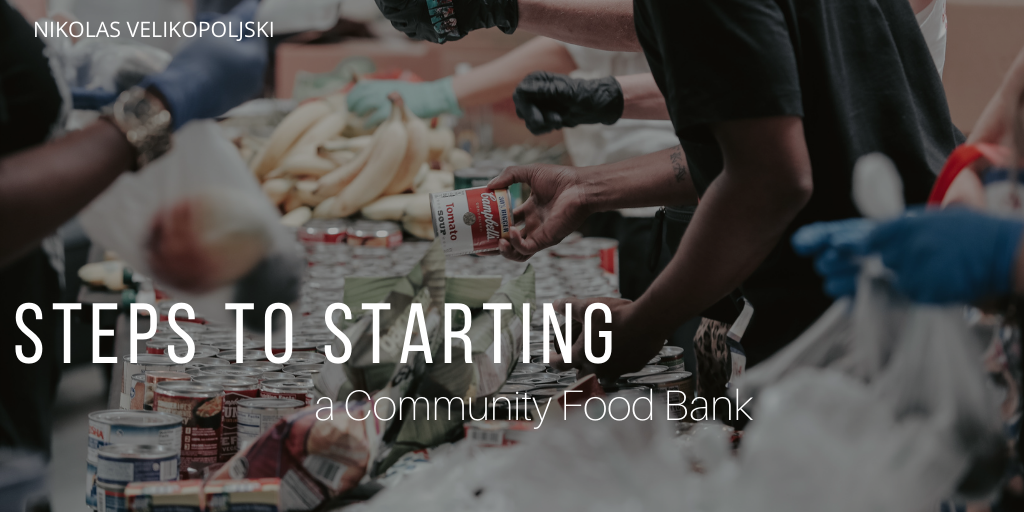Food banks across America have experienced an average 60% increase in demand since the beginning of 2020. The real surge began when millions of jobs were lost at the onset of the COVID-19 pandemic. Between March and July, about 4 in 10 people who came to a food bank did so for the first time.
The situation has many people considering starting new food banks in their own communities. Doing so is a wonderful idea, but one should expect significant challenges. Here are some steps to consider:
It’s Like a Business
You may be giving away your product for free but running a food bank has all the earmarks of running a small business. Starting a business requires a business plan. Thus, the first step is to write a formal business or operational plan for how your food bank will function.
The good news is that you don’t have to reinvent the wheel. You can obtain a “template business plan” for a non-profit enterprise here: Food Bank business guide.
Stocking Shelves with Food
Getting food on your shelves starts with soliciting donations, and this can be done in a number of ways. One is to implement a local food drive. Partner with local existing charity groups in your community, such as a church group, Lion’s Club, the Boy Scouts of America, and others. They will be eager to pitch in to go out into the community and collect food.
Experienced food shelf managers will tell you that they much prefer cash donations to actual food itself. They gladly take both, of course, but with cash, they can buy the specific things they need. The problem with straight food donations is that food categories come in unevenly. For example, a food bank might get thousands of cans of soup but no baby food or laundry detergent.
Organize a Staff
Food banks need to be managed by someone, and volunteers are needed to do the basic work, such as stocking shelves and being on hand during business hours to distribute food. Food banks also need skilled workers like bookkeepers and/or accountants. Thus, one of the first steps is to get a core group of volunteers to get the ball rolling and then to keep doing the work of operating a functioning food bank.

